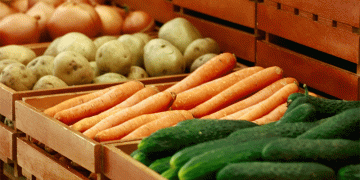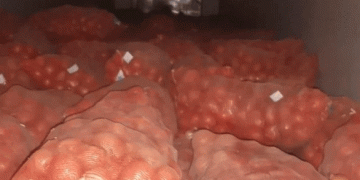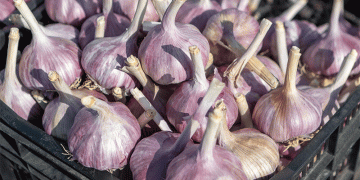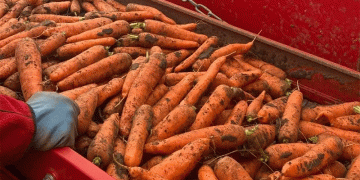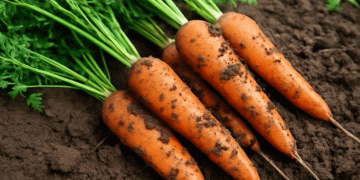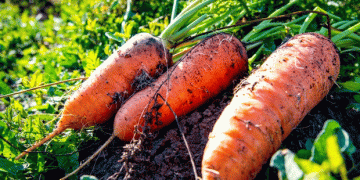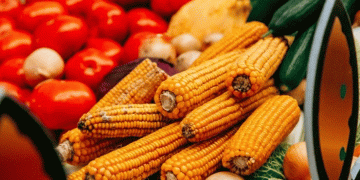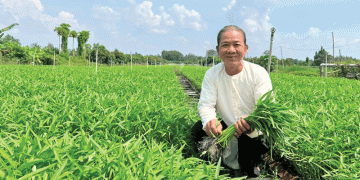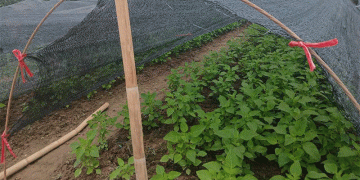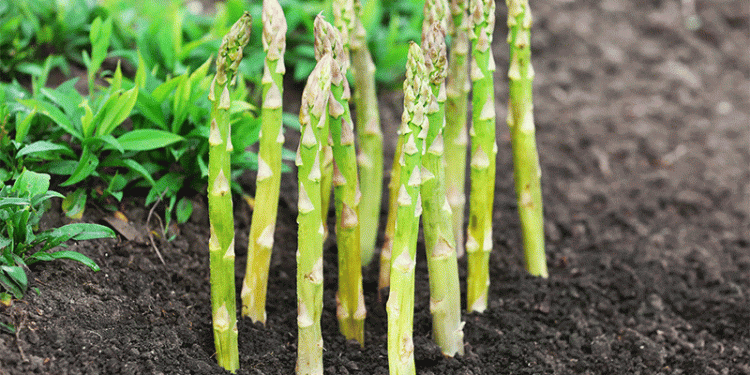Peru ranks as the second-largest asparagus exporter globally, trailing only Mexico, with the U.S. and Europe as its top destinations. The U.S. benefits from strong demand and limited domestic production, but Europe presents a unique challenge—high consumption paired with significant local output.
Europe’s Seasonal Opportunity
European markets maintain strong asparagus demand, especially when local production declines. Peru capitalizes on this by aligning exports with Europe’s “off-season” windows—particularly in early spring and late summer—when supermarkets seek reliable suppliers. This strategy has proven highly effective: from January to May 2024, Peru exported 13,630 metric tons of asparagus to Europe, a 49% increase in volume, generating $52.2 million (+29% in value) (Agraria.pe).
Competition and Logistics Efficiency
While countries like Germany, Spain, and the Netherlands produce asparagus domestically, Peru leverages its counter-seasonal harvest, advanced logistics, and cost-competitive pricing to maintain market share. Efficient air and sea freight ensure freshness, meeting Europe’s strict quality standards.
Future Outlook
With rising health-conscious consumption in Europe (asparagus is rich in vitamins and antioxidants), demand for year-round supply grows. Peru’s ability to fill seasonal gaps positions it for long-term growth, but competition from African exporters (e.g., Morocco) requires continued innovation in cold chain logistics and sustainability.
Peru’s asparagus industry thrives in Europe by strategically targeting seasonal demand lulls. By maintaining logistical excellence and market agility, Peru can further expand its footprint—even amid competition. For farmers and agronomists, this underscores the importance of precision timing, supply chain resilience, and understanding consumer trends in global trade.















